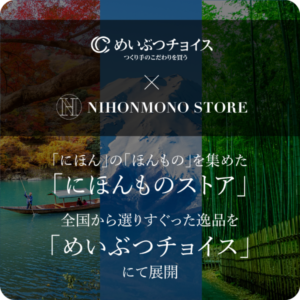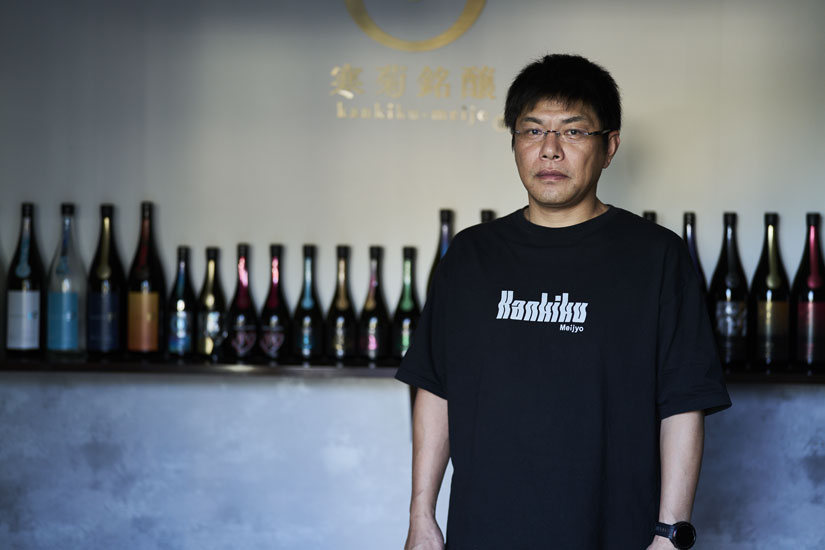Kangiku Meikyu has been refining the quality of its sake based on the concept of brewing from the climate of Chiba, and is now attracting attention as a representative hope of Chiba Prefecture’s sake breweries. The company fell on hard times after the retirement of the previous master brewer, but has since recovered with a single-minded focus on putting the drinker first. The craft beer they produce in parallel with their sake has won awards at international competitions, and their commitment to challenge has not faded away.
Aiming to make sake a part of Chiba’s food culture
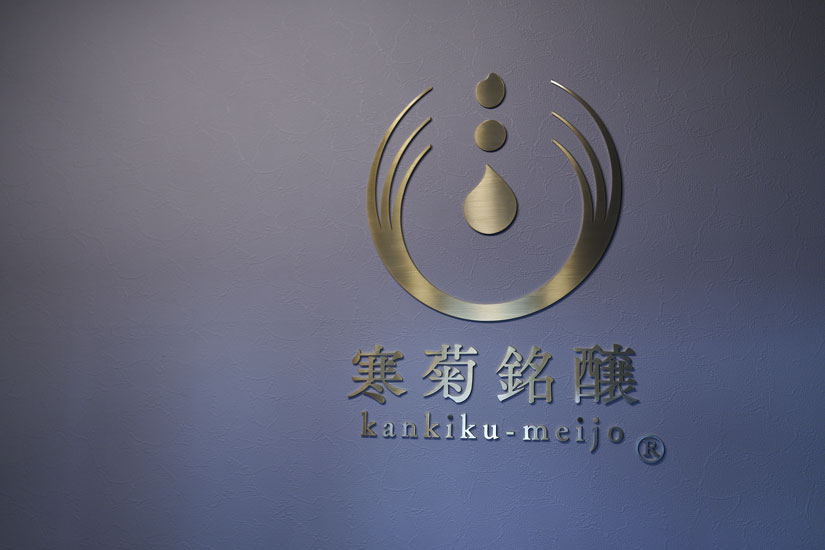
Kangiku Meikozo is located near Kujukuri Beach, which faces the Pacific Ocean, in a corner of rice paddies spreading out on the horizon. The brewery has a long history, having started sake brewing in 1883, using the groundwater and abundant rice that enrich the region as raw materials. During the Showa and Heisei eras, the company’s business with major supermarkets in Chiba Prefecture increased, and under the leadership of Kenichi Sase, the fifth generation Kangiku owner, the company rebranded all of its brands to promote high value-added products. The company shifted its business focus to sake retailers nationwide, and the brushed-up quality of its sake was highly evaluated, leading to an increase in production volume every year since Mr. Sase took over as the fifth generation.
Sake that Synergizes with Food
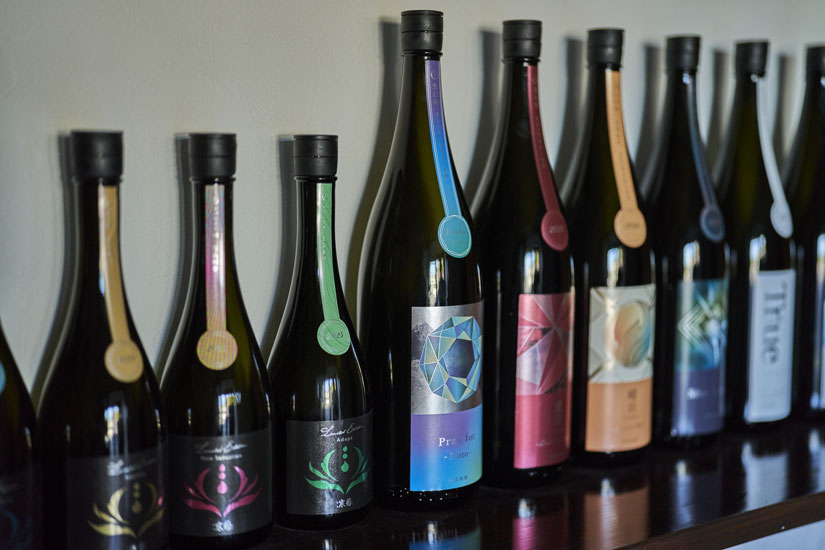
Mr. Sase says that he aims to make sake that is “light and easy to drink,” but that this does not mean that it is a thin sake, but rather a sake with a certain depth. It is a sake that has enough presence to create a synergy of deliciousness, with the flavor of the sake accompanying the food. Sake that is light and has a clean aftertaste that does not interfere with the food and does not tire one’s palate. Sake that supports the food culture is the guiding principle of Kangiku’s sake brewing.
Imbuing Sake with the Climate and Scenery of Chiba
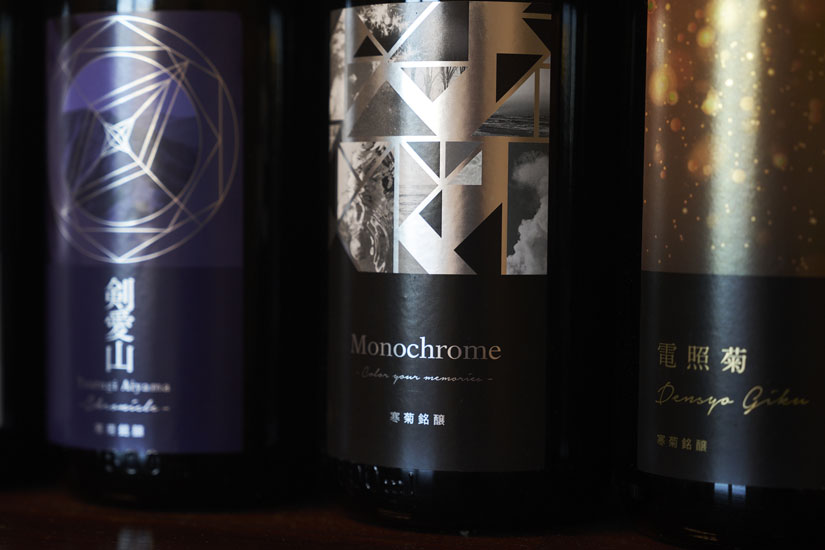
Kangiku is focusing on a series of sake products that fully express the “Chiba-Kujukuri-ness” of the region. Each product image suggests imaginative situations in which the sake may be enjoyed.
The “Fusa no Kangiku” series is a basic sake series that can be enjoyed on a daily basis, using Chiba rice in some of the four lineups to explore the possibilities of local rice. The DISCOVERY series, which uses all rice produced in Chiba Prefecture, is a light nigori (lightly nigori) draft sake, creating a refreshing sensation. The “Occasional” series, also made from raw sake, is an unfiltered, unpasteurized junmai-daiginjo that is brewed only once a year and designed to “color special moments.
The “OCEAN99” series, which is based on the theme of the Kujukuri region, can be said to be the face of Kangiku. Inspired by the beaches of Kujukuri, which offer a variety of seasonal scenes, these seasonal junmai ginjo and junmai daiginjo-shu are characterized by their fresh, crisp flavors reminiscent of sea breezes and whitecaps. The rice used is changed seasonally, and the brewers try to work backwards from the product image to brew with a variety of rice, including not only rice grown in Chiba Prefecture, but also Suisei, a sake brewing rice from Hokkaido, and Dewa Sanzan, a rice from Yamagata.
Brewing sake that retains a sense of freshness
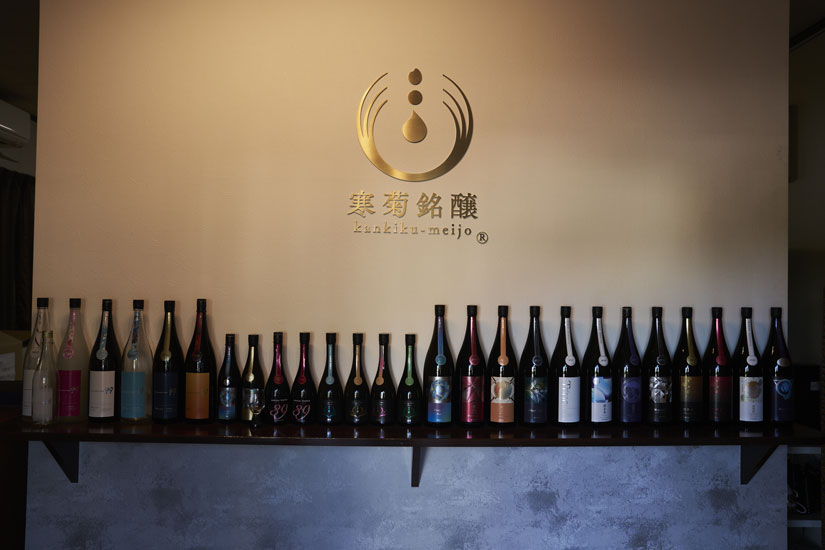
At the brewery of Kangiku, there are many ways to create a fresh taste while making the most of the rice’s characteristics. Some of the previously mentioned OCEAN99 sake is fire-aged, and the introduction of a “pass stripper,” a machine that can heat the sake after bottling, gives it a light, unpasteurized flavor.
In addition, a unique feature of Kangiku’s brewing is that the flow line of equipment is connected in the shortest possible time, with freshly pressed sake immediately sent directly to a thermal tank with refrigeration capabilities. Sase explains, “We can do this in about three days, so even once the sake has been fire-aged, it retains its freshness.”
In addition, to ensure stable quality, the company conducts component analysis during the fermentation process and utilizes temperature-controlled storage facilities in the warm climate of Chiba Prefecture, among other efforts to maintain and improve quality from every possible angle.
Desperate Sake Making Begins with the Toji’s Declaration of Retirement
The biggest turning point after Mr. Sase took over the brewery was when the previous toji, who was in charge of brewing, announced his retirement the following year, saying that he would no longer be the toji. Even though the reason was his advanced age, Mr. Sase was troubled by this sudden turn of events. At that time, Yusuke Yanagishita, who was still in his late twenties, came forward and volunteered to take over as toji.
From there, Mr. Yanagishita worked hard to master the brewing techniques. The previous master brewer stayed with him for a while to teach him the techniques, and little by little he was able to achieve a satisfactory result. Sase recalls with nostalgia, “We all started drinking sake at 2 or 3 a.m. and learning how to make new sake. When we were drinking sake at the restaurant and it was time to go home, we wanted to make sake that would make people want to go home after drinking it one more time. We all had a strong desire to make something that would leave a lasting impression on people’s memories.
This single-minded desire, which has remained unbroken to the present day, has been the driving force behind the company’s rapid progress.
Continuing to Take on New Challenges
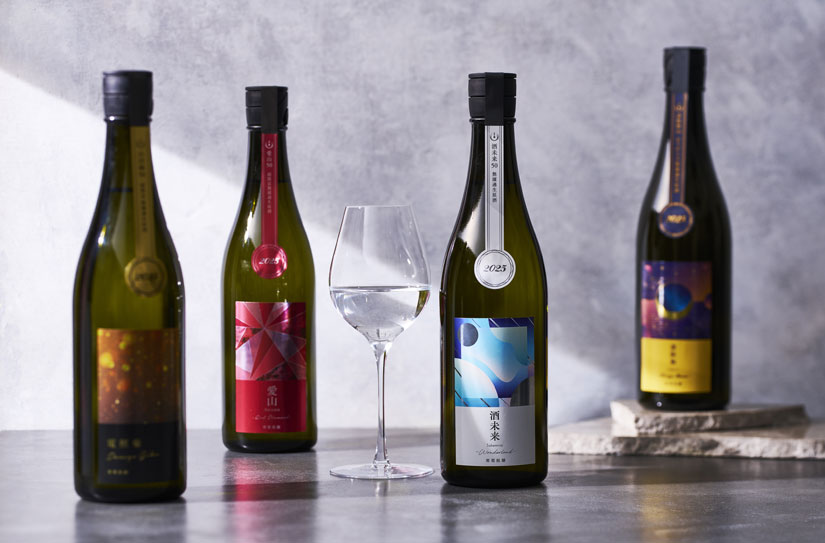
Sangiku’s challenges know no bounds. In fact, Kangiku has been producing craft beer at its brewery since 1997, and KUJUKURI OCEAN RICE ALE won the Grand Prize in the rice beer category at the “World Beer Awards 2022,” an international beer competition. KUJUKURI OCEAN RICE ALE” won the Grand Prize in the rice beer category at the World Beer Awards 2022. KUJUKURI OCEAN RICE ALE also uses Chiba-grown Koshihikari as a secondary ingredient, giving the beer a strong Chiba identity.
In the fall of 2024, a taproom called TAP ROOM 99 will open near Chiba Station, where Kangiku’s craft beers can be tasted. We want to listen to what our customers have to say about our beer and sake,” he said. I think it is necessary to make minor changes in sake brewing little by little while finding out what kind of sake people are looking for.
The company name “Kangiku” was named after the winter chrysanthemum, a small but dignified flower that blooms in winter, with the hope of brewing dignified sake despite the small size of the brewery. This humble attitude of putting the drinker first may well become a tradition of sake brewing that leads to the future, filled with a spirit of challenge and unafraid of change.
